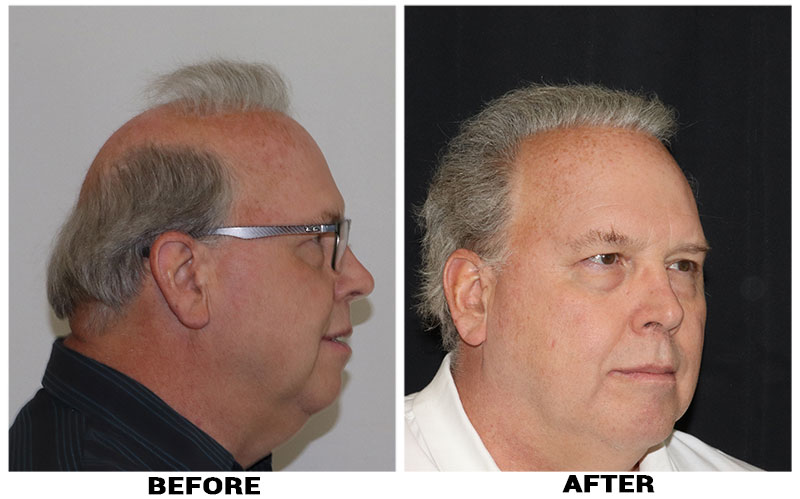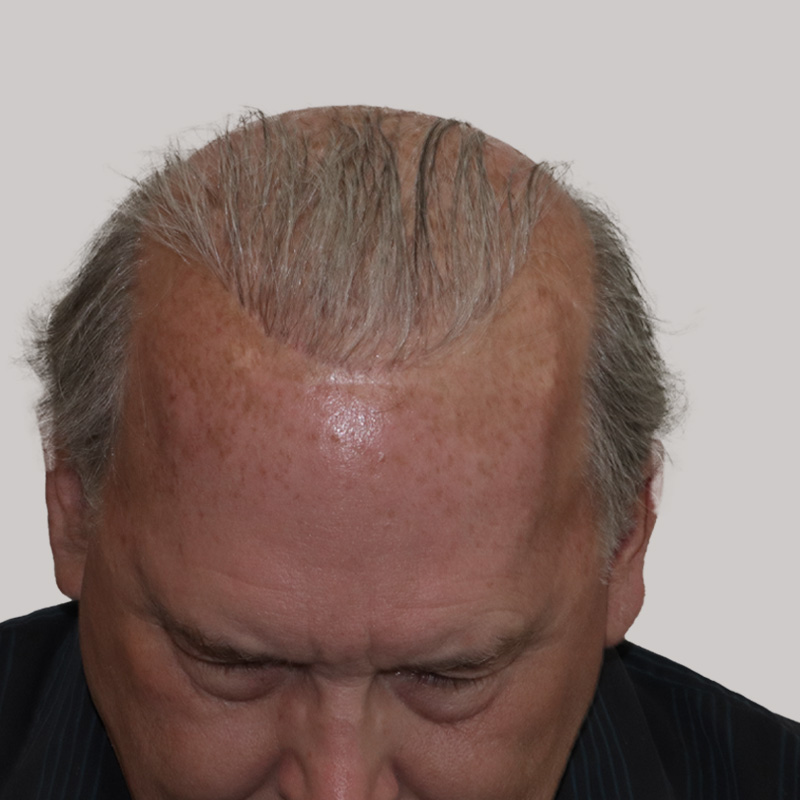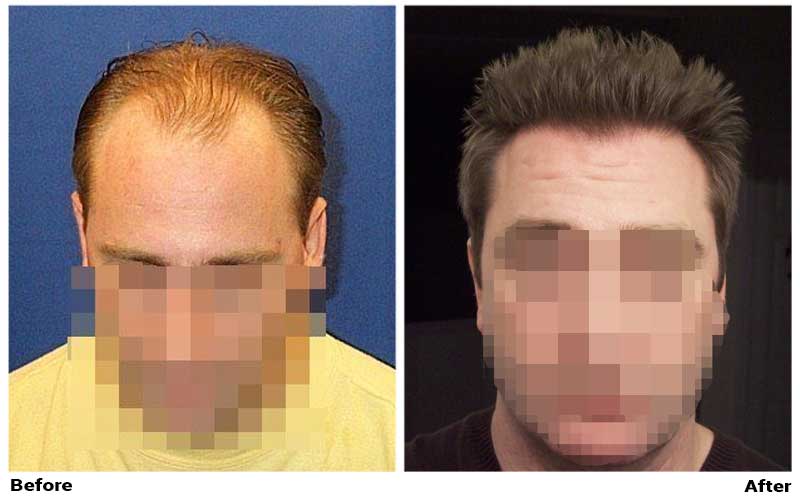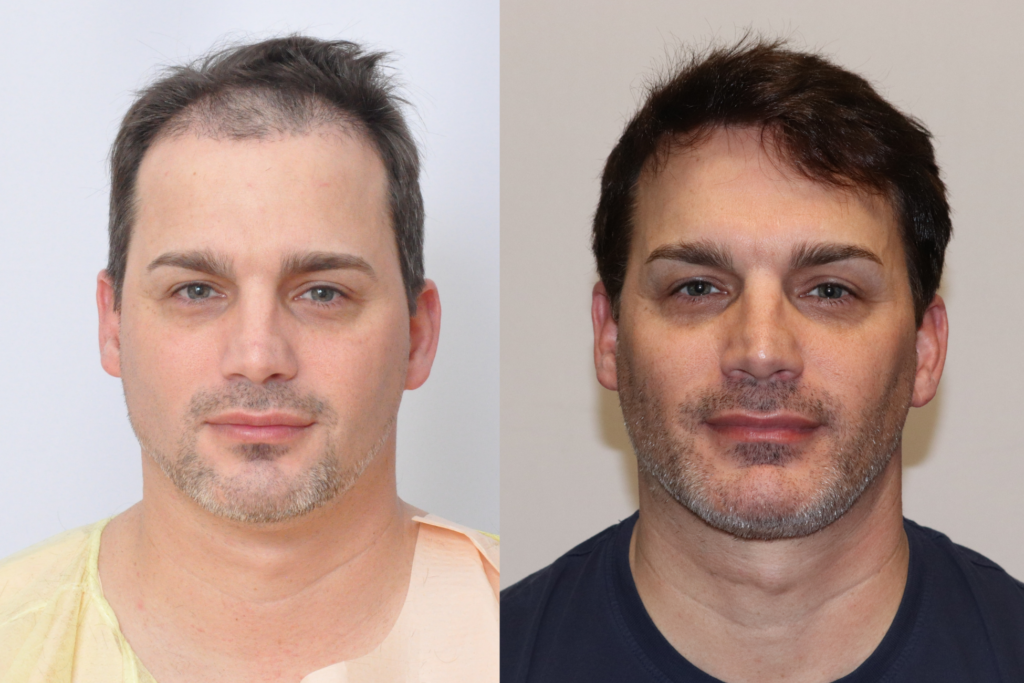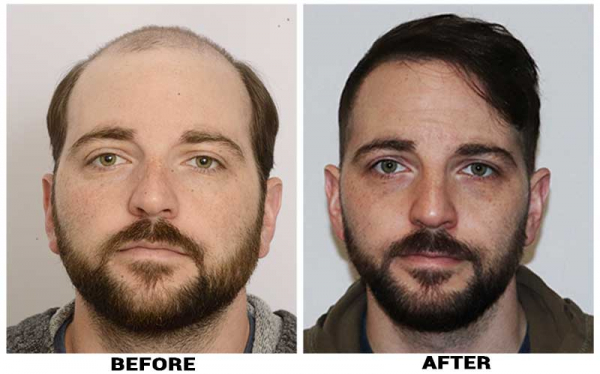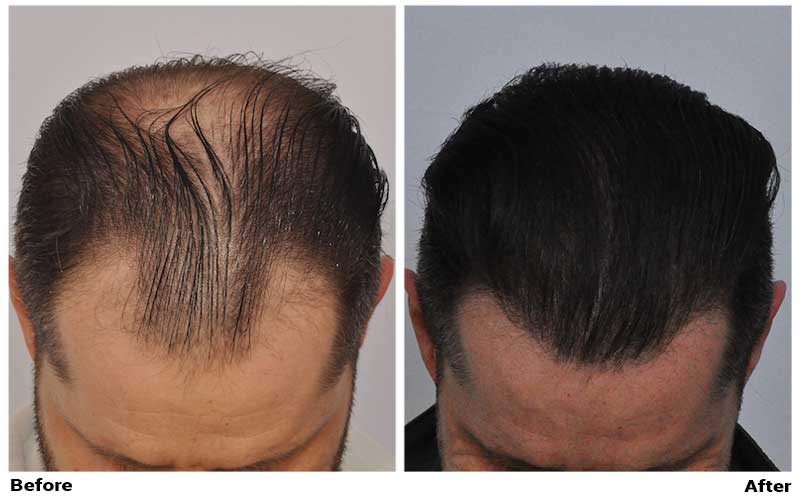This patient, classified as Norwood Type 7, underwent a significant hair transformation with Dr. Cole, who successfully implanted 3000 grafts using the Advanced FUE technique, further enhanced by CRP (Cytokine Rich Plasma), ACell, and ATP. Due to a lack of donor hair and a large crown area, full restoration wasn’t possible. Dr. Cole recommended focusing on the front, creating a natural, mature hairline that suits men with isolated vertex loss. The patient has also begun annual CRP treatments to prevent further progression to Norwood 7. Early use of regenerative medicine and medical therapy could have significantly improved his condition.
Front View
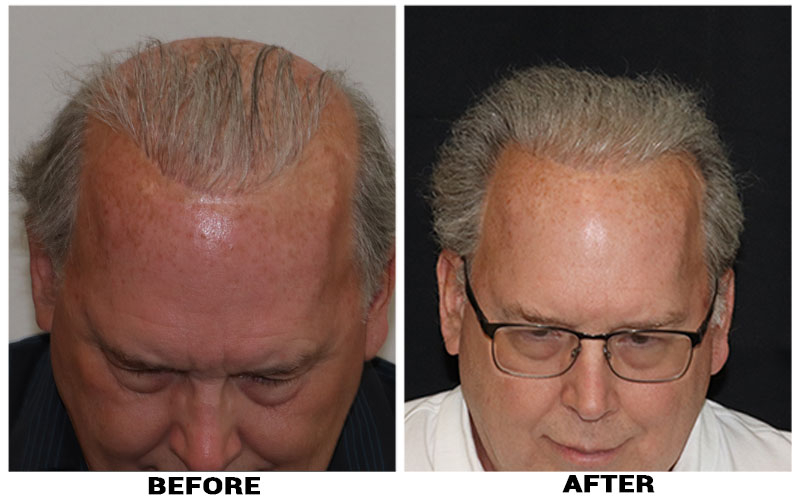
Left Side
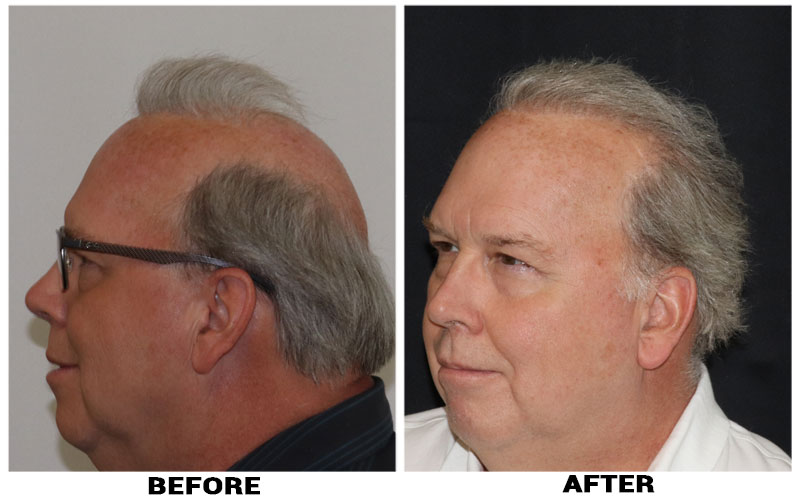
Right Side
